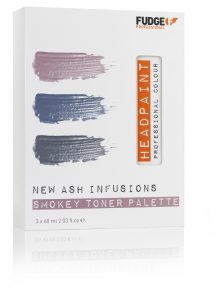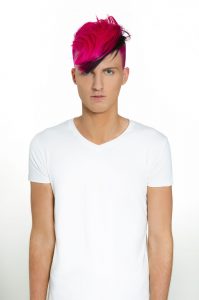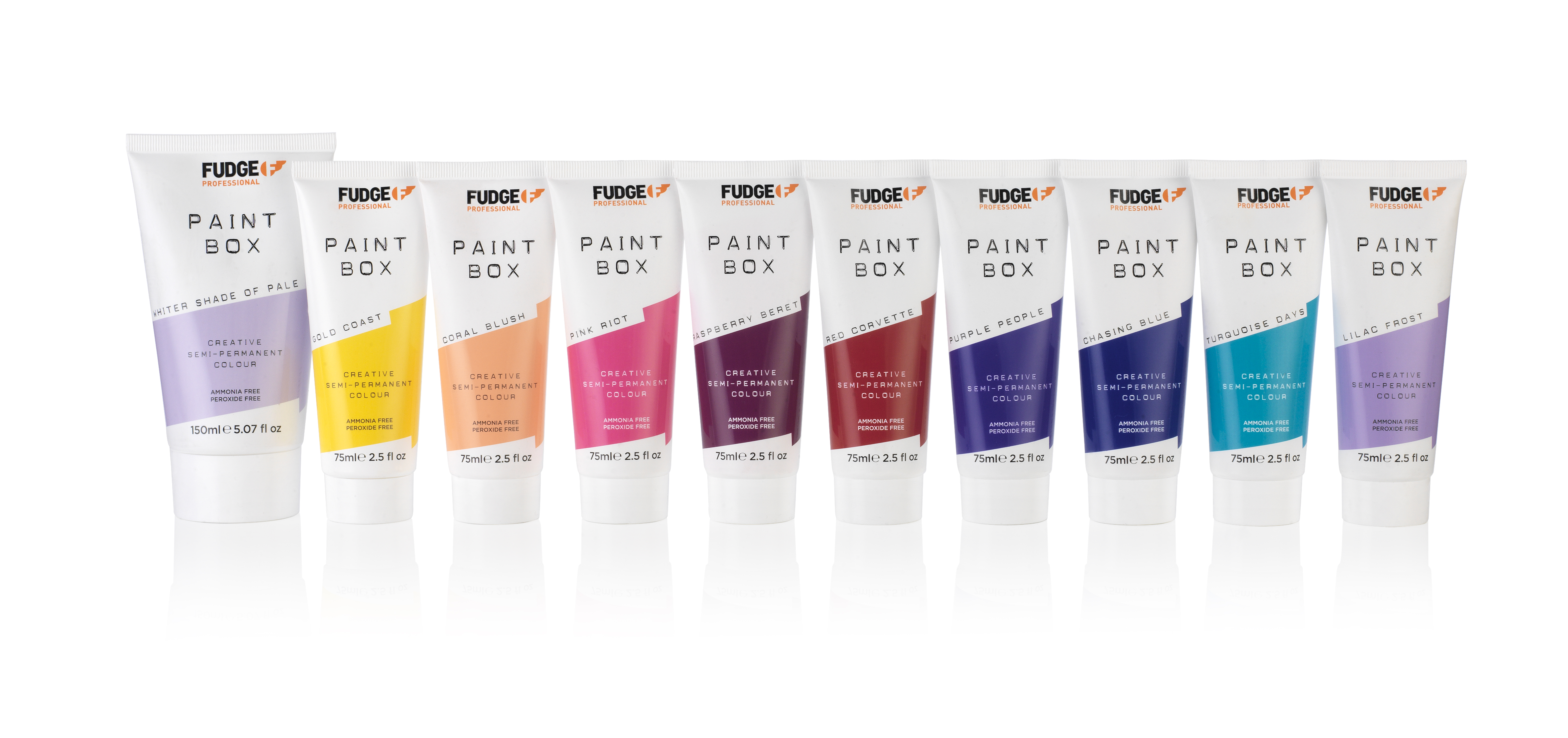 Fudge Professional Education Specialist, Sue Lever on Colour Services in Barbershops
Fudge Professional Education Specialist, Sue Lever on Colour Services in Barbershops
“Adding colour services to existing barbershop menus creates a full, one-stop service destination for customers, resulting in a possible increased spend per client. It also provides more scope to build client loyalty, resulting in the ultimate in added value: returning customers.
Of course an initial investment will be needed to train and qualify staff members in colour techniques, although training can be found to suit different timescales and budgets. For example, part-time courses can be taken with training providers such as colleges or at private facilities like the London School of Barbering, whilst companies such as Alan Howard and Salon Concepts offer day courses and even half-day product training to support understanding of how to use colours.
Fudge options for barbershop colour services include the dual-system Headpaint range, which enables colourists to create both permanent and demi-permanent results – great for a subtle colour introduction, or total coverage of grey hair.
Ultimately adding colour services can be a great way to stimulate your staff and it really helps to motivate barbers when they’re required to create a full complimentary colour to a cut. Add in the possibility of offering a full range of bespoke colour services and fashion-focused trends, from lighteners and toners, freehand techniques and blending, and your team’s creative juices will be flowing.
 Tracy Hayes, Fudge Professional Global Head of Fudge Professional Technical Training continues:
Tracy Hayes, Fudge Professional Global Head of Fudge Professional Technical Training continues:
“When introducing colour to barber shop customers for the first time, I would suggest to keep it simple, and a technique that requires low maintenance upkeep. For more fashion placement, add for example colour through the parting or through heavier layers or front hairlines, not an all over colour change that would result in a re-growth. For the more mature client, suggest subtle combing through of the natural colour to minimise the white hair.
When selling in colour to your clients, think about the language you’re using. Generally, the older male client will be having colour to tone down the white hair, so terms to use would be colour to ‘blend’, to finely comb through natural colour tones. Whereas, the younger client, you can be more radical with the terminology as they are probably going for a stronger change, pre-lightener is well understood, and comes across more premium than bleaching. Make the colour bespoke to each client and individual look, avoid the traditional techniques such as highlights/ balayage that are more associated to the girls. Talk about depth and tone, without been complicated. The simpler the description the more attractive it will sound.
Ultimately, with colour just keep it simple and don’t get too descriptive in the shades and techniques. It’ll sound too complicated and put customers off, be subtle and avoid strong colours.


